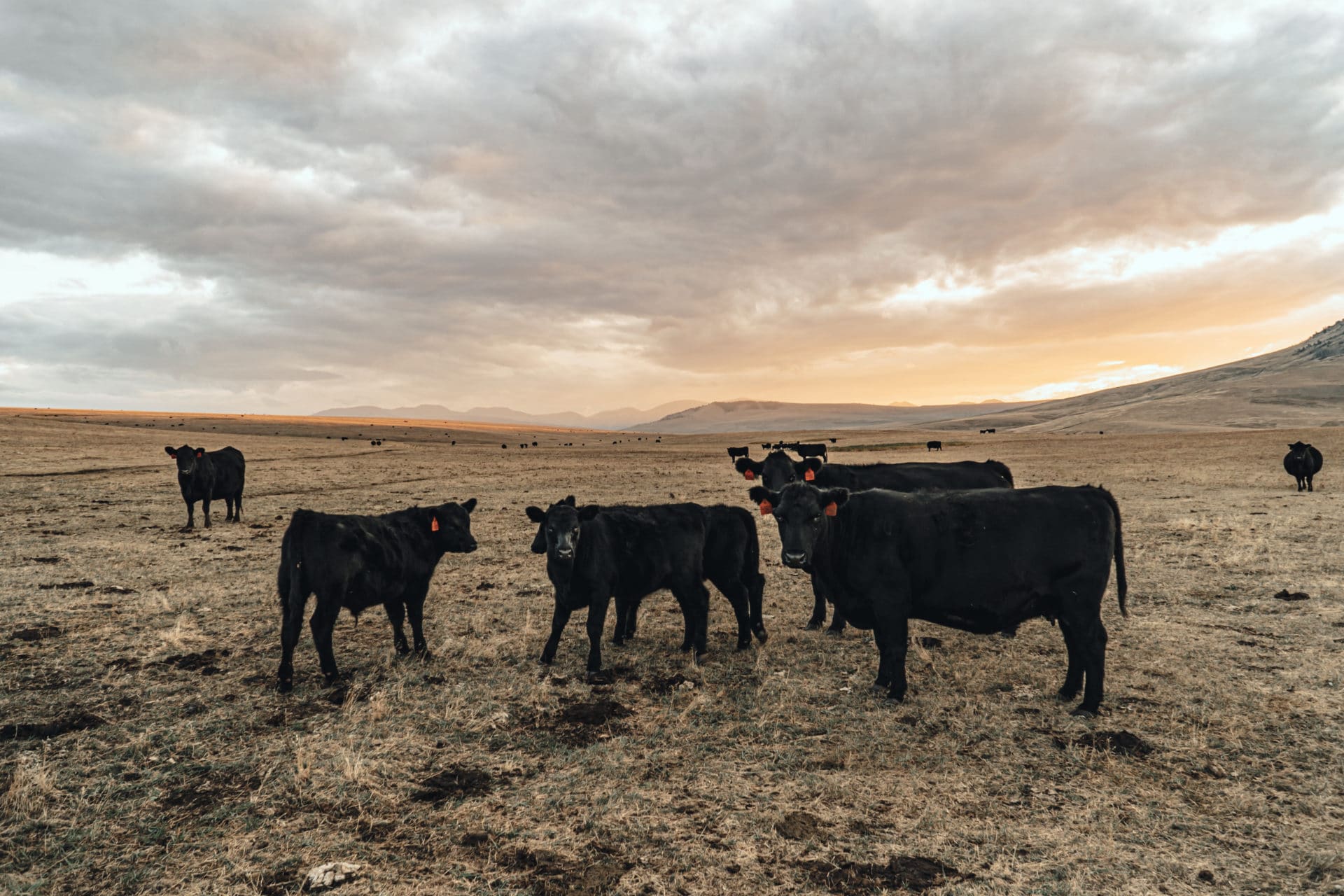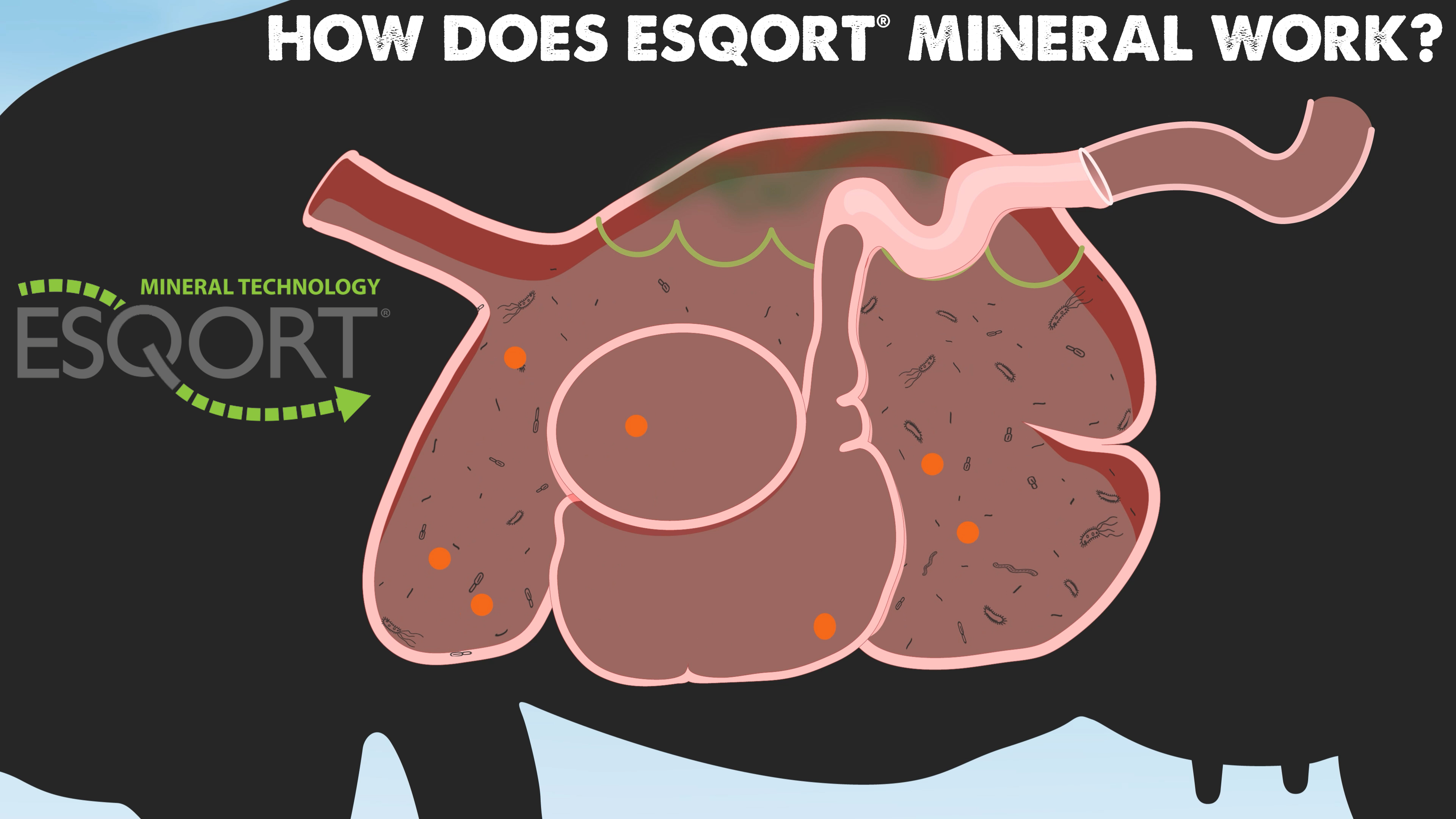Last updated on September 18th, 2024 at 03:27 pm
Sometimes what you don’t do during a drought can have big consequences.
It’s only natural, during a drought, to blame the conditions or your supplement for a poor breed-up, light weaning weights, and more sickness. And, to an extent, that blame is well-placed. But not completely.
“A lot of times, people want to blame (poor performance) on the drought,” says Dr. Jeffery Hall, technical services veterinarian with Huvepharma. “But if you’re not supplementing them adequately, it makes what the drought was going to do anyway, worse.” Hall is an expert in mineral nutrition for cattle, a former professor of toxicology and mineral nutrition, and director of the toxicology section of the veterinary diagnostic lab at Utah State University.
Which Comes First? Adequate Plane of Nutrition or Supplementation Program?
“There’s no one part of the formula you can scrimp on and still achieve maximum animal production,” Hall says. “Whether it be vaccine protocols, whether it be vitamin and mineral status, whether it be the overall grocery content of the diet; to maximize your efficiency, all have to be in place.”
What’s more, they all interrelate with each other. Even with adequate mineral supplementation and vaccination program, your cattle still need to be on an adequate plant of nutrition.
That’s because, during a drought, a big factor in breed-up is energy. A cow has three major areas where she allocates the energy in her diet. They are, in this order:
(1) Milk Production
(2) Body Condition
(3) Fertility
Indeed, fertility is a luxury for a cow. It’s essential for a rancher.
If a cow only has enough energy in her diet to feed her calf, her body condition and fertility will suffer. Even if she has enough energy to take care of her calf and maintain body condition, fertility may still be compromised.
It’s even more critical for first-calf heifers. They’re still growing as well as growing a calf, so their energy requirements are even higher.
Meeting Cattle Energy Requirements During Drought
Providing adequate energy is harder to do during a drought because pasture forage is short and likely lower in protein. Ditto for hay, which may not have the quality you’d see during wetter times.
In that case, your pastures and hay may be more gut fill than a primary source of nutrients. So, during a drought, Hall is often asked by ranchers how they can additional groceries to their cattle without bankrupting the operation.
That’s where you need to get creative. “In drought-stressed areas, they may not have enough hay to get them through,” he says. “They may feed slightly less hay and increase the amount of cubes. So they’re supplementing with additional materials to add to the forage they have available.”
The beauty of the rumen is a cow can eat lower-quality feed and still get by. So, in addition to cubes, seek out other feeds and byproducts or coproducts that might be available. But maintaining an adequate level of groceries will pay off next breeding season.

Minerals Are The Key
Minerals are the foundation of the many factors that affect the productive ability of your cowherd. Without adequate mineral levels, the immune system can’t function as well. That means the animal won’t respond to vaccines as well and is more prone to getting sick. Inadequate mineral supplementation affects calf health, reproductive performance, and a host of other things.
“Oftentimes, we talk about mineral supplementation being a hidden, haunting problem,” Hall says. “That’s because, if you quit supplementing with vitamins and minerals, you’re going to end up with a problem that is not something you see on an everyday basis when you look at the cattle. It’s a hidden nightmare waiting to jump up and bite you.”
Indeed, trying to save a few dollars by cutting back on your mineral program can jump up and bite you in several ways.
Some of the trace minerals important to cattle are copper, selenium, zinc, and manganese. “Those trace metals are critical for normal reproduction function. They’re critical for immune system function,” he says. “You’re going to have more sick animals because their immune system is not working as good. You’re going to have animals that don’t respond to vaccines as well as they should because their immune system is not working.”
Without adequate intake, it’s likely you’ll have more open cows. “It costs you in many ways that a lot of people don’t think about until they’re in the wreck,” he says.
Here's an even bigger catch.
You may be putting out the same amount of loose mineral as always and your cows are still not getting enough minerals to fully prime their system.
The old saying that cattle will consume the mineral they need isn’t necessarily true, especially during a drought. With many loose mineral products, the salt and phosphorus content limits intake proportionally to dry matter intake.
“As the animals eat less groceries, they’re going to eat less mineral supplement at the same time,” he says. “So they’re getting less out of the natural diet, plus they’re not eating as much supplement at the same time.”
It’s not that the cattle are intentionally scrimping on mineral intake. It’s just because they’re not eating enough of their natural diet and their body is limiting how much mineral they can eat on a daily basis.

That can be partially overcome with tubs. “Sometimes you don’t see quite as much drop-off on intake,” he says. “So switching from loose mineral to tubs can help in a drought.”
But he cautions that if your cattle are on a really short nutritional plane, they may overconsume the supplement. “During a drought, if cattle aren’t getting enough to eat, the drive for groceries overwhelms the need for minerals, and cattle will just stay at the tub and eat.”
Are the Minerals Getting Into the Blood?
Then consider the trade-off between the less expensive inorganic mineral compounds versus chelated or organic compounds. “There are things that can happen in the rumen that can tie up (inorganic) minerals where the body can never absorb them,” Hall says. On the other hand, having the mineral bound to an organic compound allows it to survive the rumen. “So when (those minerals) reach the intestinal tract, they’re still in a form that the body can recognize, bind to and absorb.”
Hall says to look at in terms of bypass efficiency. Think of it like bypass protein, which isn’t broken down in the rumen but rather passes into the intestines where it’s better absorbed. Chelated or organic minerals do the same thing.
“It allows that mineral to go through the rumen without being metabolized into a form that can’t be recognized or used.” Given the better bioavailability, even if your cattle are consuming less mineral because of drought-shortened pastures, they’re still getting better utilization from the mineral they do consume.
However, some manufacturers know that chelated minerals have greater bioavailability, so the percentage of minerals in the product is lower. “You can have 20 or 30 different products to choose from at the feed store,” Hall says. “Pick the right product for the situation you’re facing." Ensure that your cattle are on an adequate plane of nutrition and you’re putting the right mineral product in front of them.




